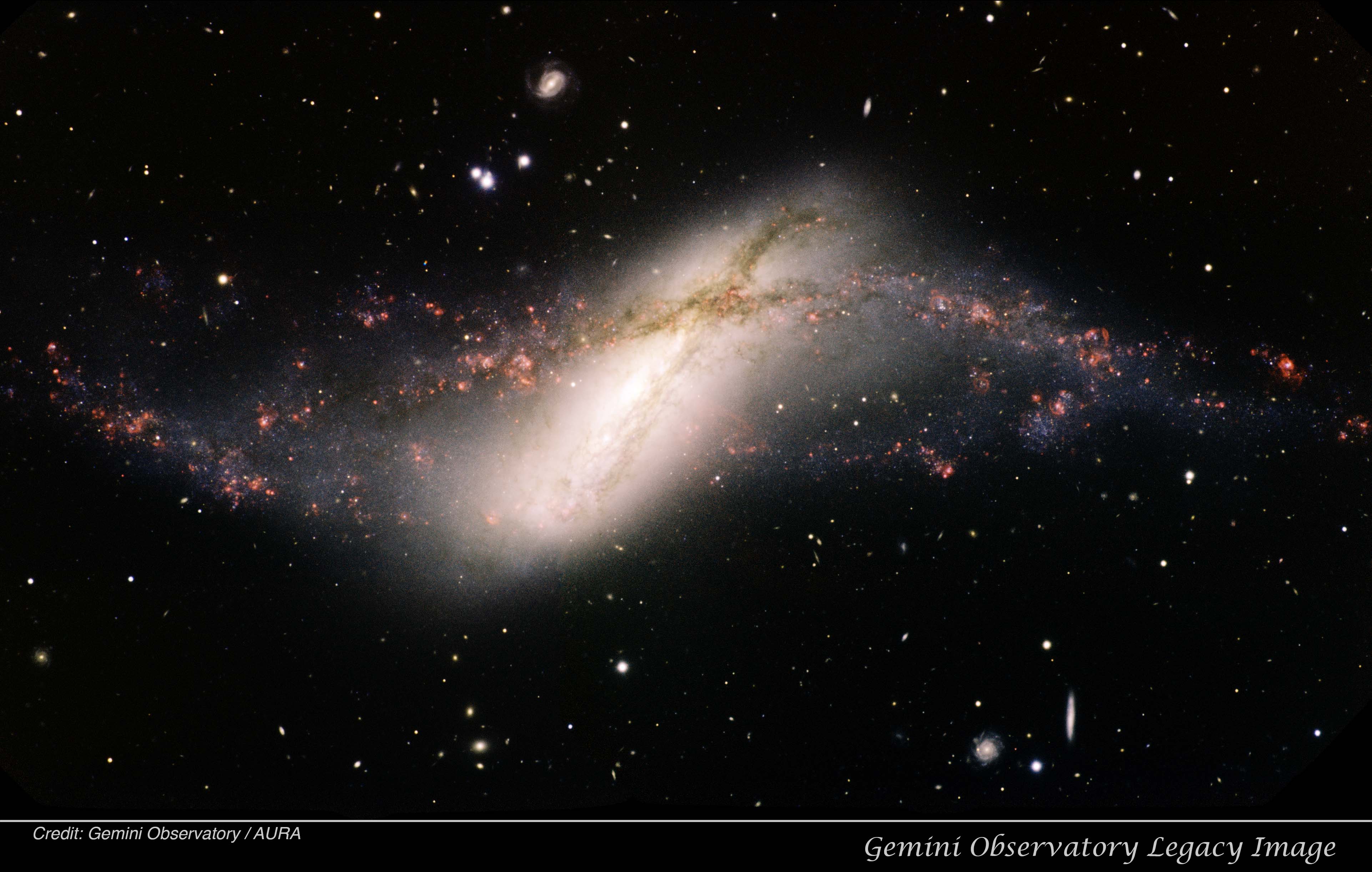Friday, November 30, 2012
APOD 2.5: Sand Cascades on Mars
The photo, courtesy of NASA (taken by the Mars Reconnaissance Orbiter in 2008) displays odd, pinkish brown chasms, dunes and streaks. The lighter, blueish areas show frost on the dark sand. The spring Sun melted most of the carbon dioxide ice, but some remains at the top of these Mars hills. When dark sand cascades down the dune, it leaves the dark streaks, and it looks like patches of trees growing. The objects are only about 25 centimeters across in reality. The billowy plumes show that the sand was sliding even as the picture was taken. The picture was taken near Mars' north pole!
Thursday, November 29, 2012
Constellation Practice ~!
The following are some great sites I found for reinforcing knowledge of the stars:
http://www.uni.edu/morgans/ajjar/Constellations/quiz/index.html
http://www.factmonster.com/quizzes/constellation/1.html
http://www.jetpunk.com/quizzes/name-the-constellations-quiz.php
http://www.uni.edu/morgans/ajjar/Constellations/quiz/index.html
http://www.factmonster.com/quizzes/constellation/1.html
http://www.jetpunk.com/quizzes/name-the-constellations-quiz.php
Friday, November 16, 2012
APOD 2.4: Polar Ring Galaxy NGC 660
The photo, taken by Travis Rector at the Gemini Observatory using the Gemini North telescope on Mauna Kea, features Polar Ring Galaxy NGC 660. It is very bizarre but smooth image of a cosmic entity that is 20 million light-years away and within the Pisces constellation. Polar Ring galaxies are rare, and consist of a lot of stars, gas, and dust that orbits in rings that are perpendicular to the galactic disk plane (the plane at which all the spirals and bars and galaxies exist). The configuration is shaped in this odd way as it could have picked up material from disk galaxy on a rotating ring, thus creating the pink star regions. NGC 660 spans over 50,000 light years.
Friday, November 9, 2012
APOD 2.3- Hunter's Moon Over Alps
The image depicts a beautiful "Hunter's Moon," which contracts in the dark sky with the illuminated pink mountain peak in the Italian Alps known as Rochemelon. While this peak catches the first light of the rising sun, the moon is still very prominent, being the second full moon after the northern hemisphere autumnal equinox, happening during the last week of October. Full Moonsets have many epithets, including, besides the Hunter's Moon, the Wolf Moon, the Snow Moon, Milk Moon, Harvest Moon, and Oak Moon.
Monday, November 5, 2012
Astro-Observation Log 2.1 (11.3.12)
Last Saturday night, I went to a stargazing session out in a rather secluded part of the city, and saw more stars in the night sky than I have ever seen in my life. The Milky Way Galaxy was curving above us all, and the teacher used a fancy laser gadget to point out the boundaries of the constellations and other features of space.
Sadly, I forgot the name/type of the exact telescope that was used. But it could be programmed to focus on anything that the teacher specified. Such sights through the telescope included M13 and M57.
There were many satellites that could be seen floating above us. How adorable!
Apparently, there were also many meteors and shooting stars. Yet I, being a true space cadet (ironically in this context), happened to be looking down as they flashed away.
My favorite sight was one I viewed through a pair of binoculars- the twinkling Pleiades. I saw them form various geometric shapes. Or perhaps my hand was just shaky. Taurus be flashy.
Sadly, I forgot the name/type of the exact telescope that was used. But it could be programmed to focus on anything that the teacher specified. Such sights through the telescope included M13 and M57.
There were many satellites that could be seen floating above us. How adorable!
Apparently, there were also many meteors and shooting stars. Yet I, being a true space cadet (ironically in this context), happened to be looking down as they flashed away.
My favorite sight was one I viewed through a pair of binoculars- the twinkling Pleiades. I saw them form various geometric shapes. Or perhaps my hand was just shaky. Taurus be flashy.
Friday, November 2, 2012
APOD 2.2: Mammatus Clouds Over Saskatchewan
I have never seen such bizarre looking clouds in a picture that has not been photoshopped- the clouds look like balloons/bags of air or jellyfish, or a woman's breasts, for which they are named after. They are called Mammatus clouds.
These cloud pockets occur when water and ice falls into clear air during evaporation. They are usually a precursor to extreme weather, and are accordingly perceived as an ominous sign- although they are beautiful and unique. They tend to appear in "turbulent air" if there is a thunderstorm nearby. They can extend for hundreds on miles.
The picture was photographed in Regina, Saskatchewan, Canada during the summer. The Mammatus clouds look especially dramatic because of the sunlight appearing on the side.
Subscribe to:
Posts (Atom)



